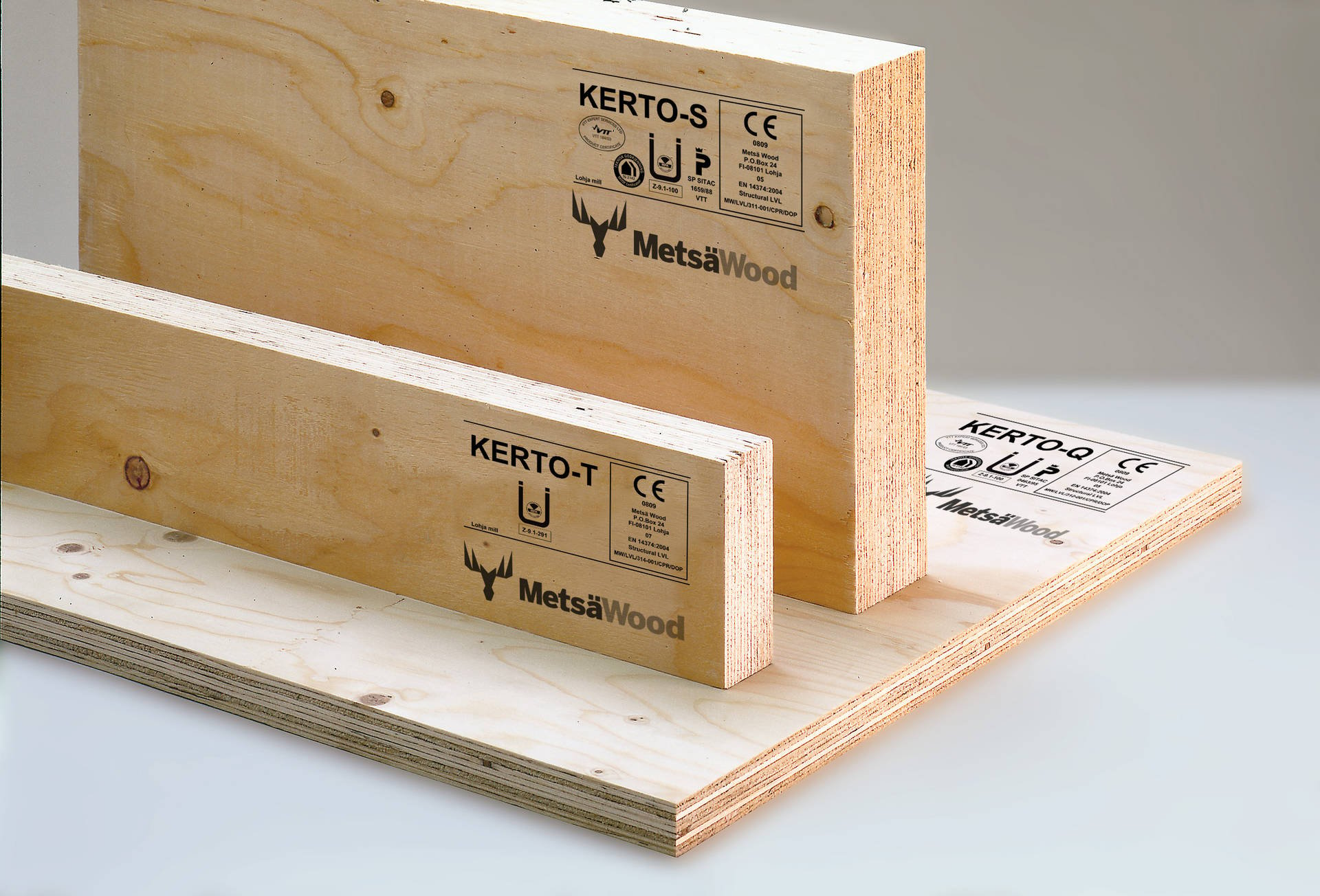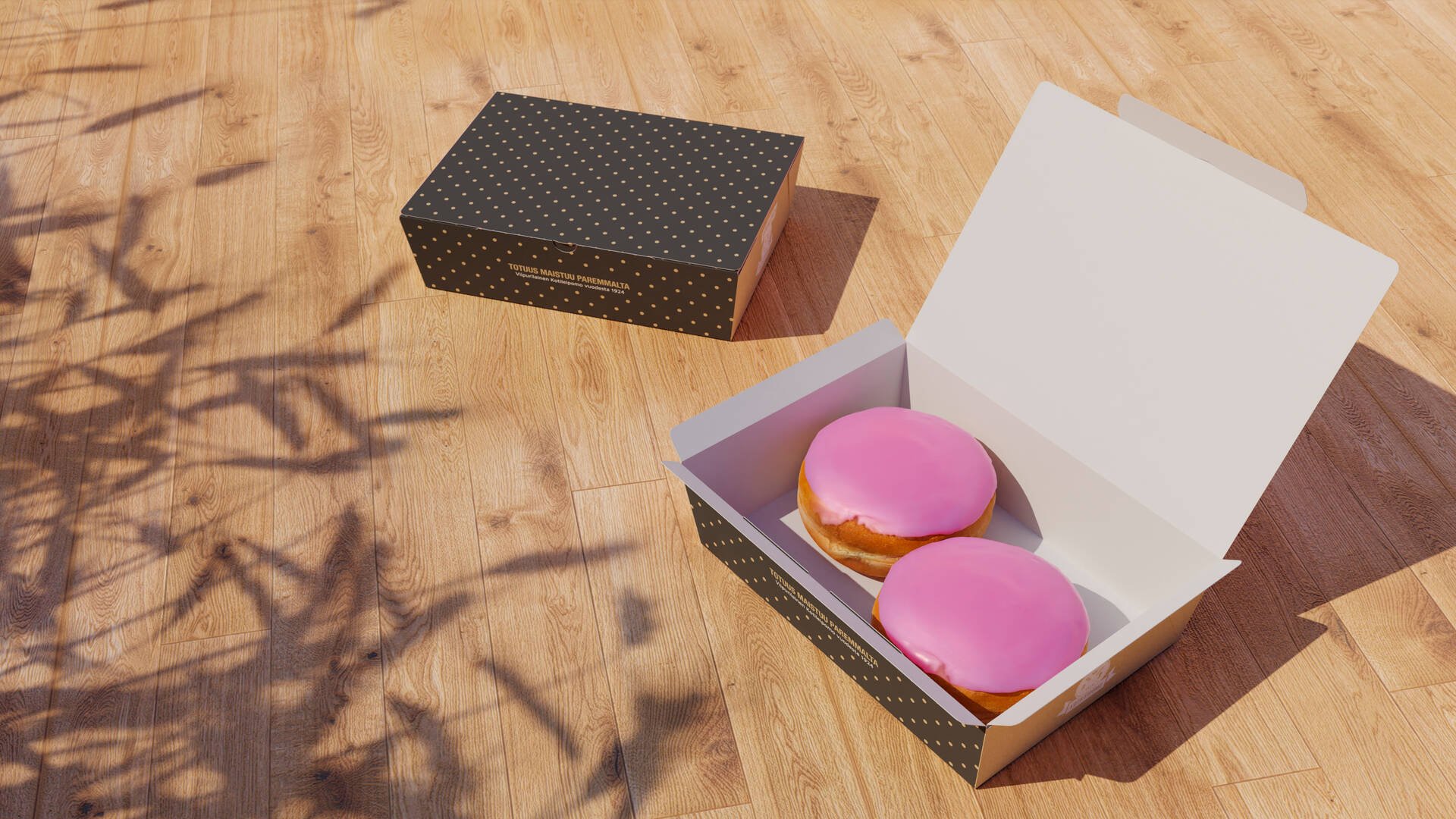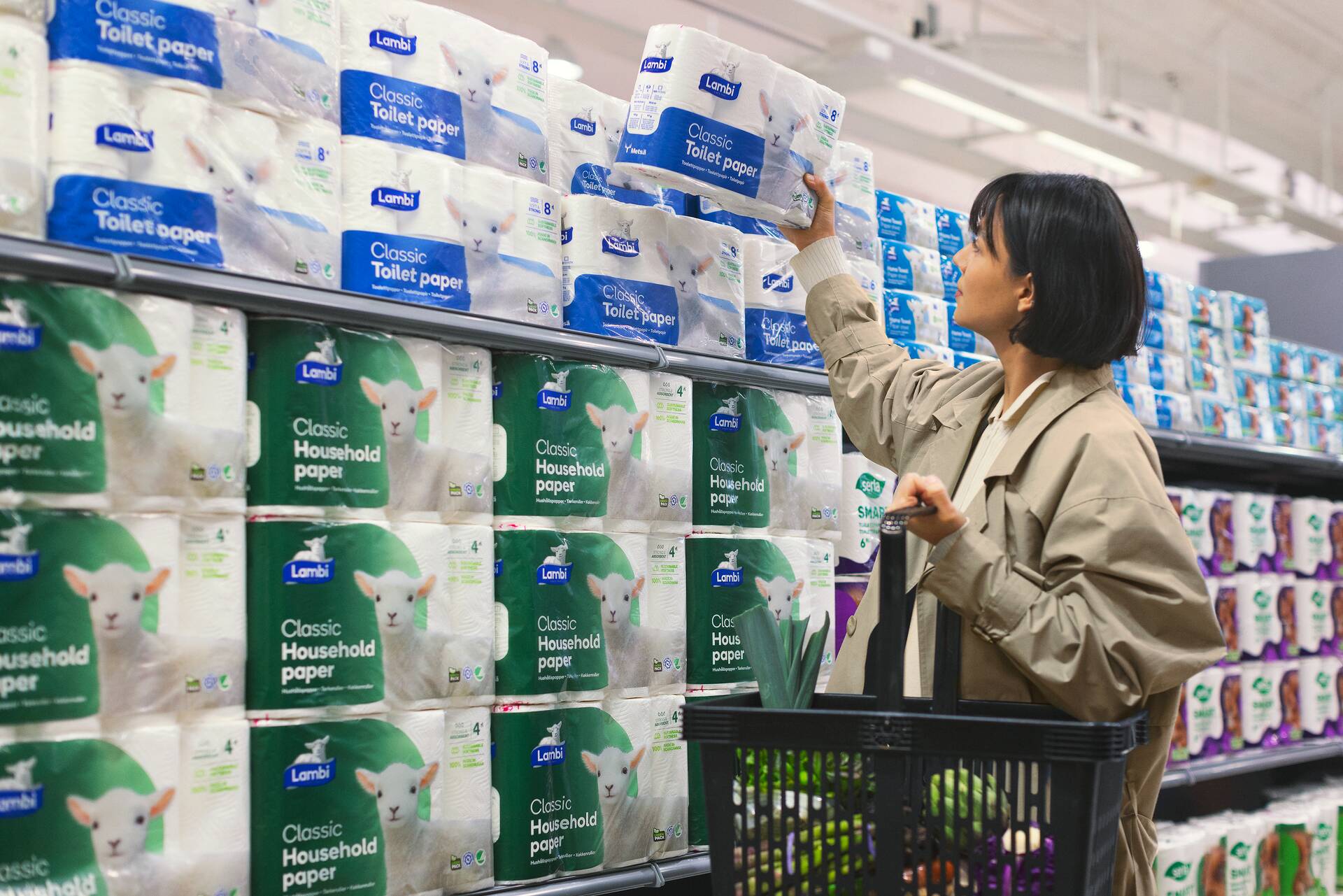In 2021, 99.6 per cent of the raw materials used by Metsä Group were fossil free.
“Yes, we are really close to our goal,” says Katariina Kemppainen, VP, Group R&D at Metsä Group.
In an ideal world, everything would start with wood.
Examples of our business efforts towards fossil free products and packaging materials:
Ever-important glues
In 2021, the share of fossil free raw materials in Metsä Wood’s products and packaging materials was 97.9 per cent.
In engineered wood products, veneers are glued together with fossil-based PF resin. Plywood products are also often overlaid with fossil-based (thermosetting or theroplastic) coatings or various surface treatments. Surface-impregnated products are resistant to weather, fire and mould.
According to Milla Hintikka, Director, R&D at Metsä Wood, large industrial customers are increasingly aware of the development of fossil free solutions.
"We get some inquiries from our customers about biobased glues. We’re doing everything we can to ensure we have alternatives, and our raw material suppliers are hard at work developing their products. Some bio-based raw materials have already been tested in production."

High-performance and ecological paperboard
In 2021, the share of fossil free raw materials in Metsä Board’s products and packaging materials was 99.2 per cent.
The most significant fossil-based raw materials for paperboard were latex and the PE coating for the food service paperboard produced in Husum. Both latex and PE contain oil-based polymers. Polymers, which are plastic’s main raw material, can also be bio-based.
“Latex is used in paperboard coating that allows good printability and barriers. Barriers, on the other hand, stop grease and moisture penetrating the paperboard,” says Markku Leskelä, SVP, Development at Metsä Board.
For example Viipurilainen Kotileipomo company’s pastry packaging are produced with Metsä Board’s dispersion coated folding boxboard, which contains significantly fewer oil-based polymers than PE-coated paperboard.

“Our customers appreciate that the product’s properties suit their use cases, while being recyclable and compostable,” says Hélène Lehtinen, Director, who is Barrier Development at Metsä Board.
Recycled plastic in packaging wraps for tissue paper
In 2021, fossil free raw materials constituted 97.8 per cent of Metsä Tissue’s prod-ucts and packaging materials.
At Metsä Tissue, packaging wraps present the biggest challenge. As a first step towards more sustainable tissue packaging, Metsä Tissue has increased the share of mechanically recycled plastic in its packaging material. 60 per cent of Lambi and Serla packaging is recycled plastic.

“We’re continuously with manufactues. The current technology does not yet fully allow us to produce packaging wraps from only mechanically recycled plastic yet. But we’ll be able very soon to produce packaging materials on an industrial scale so that all oil-based fossil raw materials are replaced with recycled and bio-based fossil free materials,” says Markus Reivala, VP, Global Offering at Metsä Tissue.
Fossil free sawn timber wrapping
The share of fossil free raw materials and wrapping materials in Metsä Fibre’s products is very close to 100 per cent. Only the sawn timber wrap-pings sawmills use are made of fossil plastic.
Metsä Fibre has already started testing fossil free sawn timber wrapping. The development is a cooperation with the material supplier and converter. Metsä Fibre’s goal is that fossil free sawn timber wrapping will be in wide use by the end of the decade.





